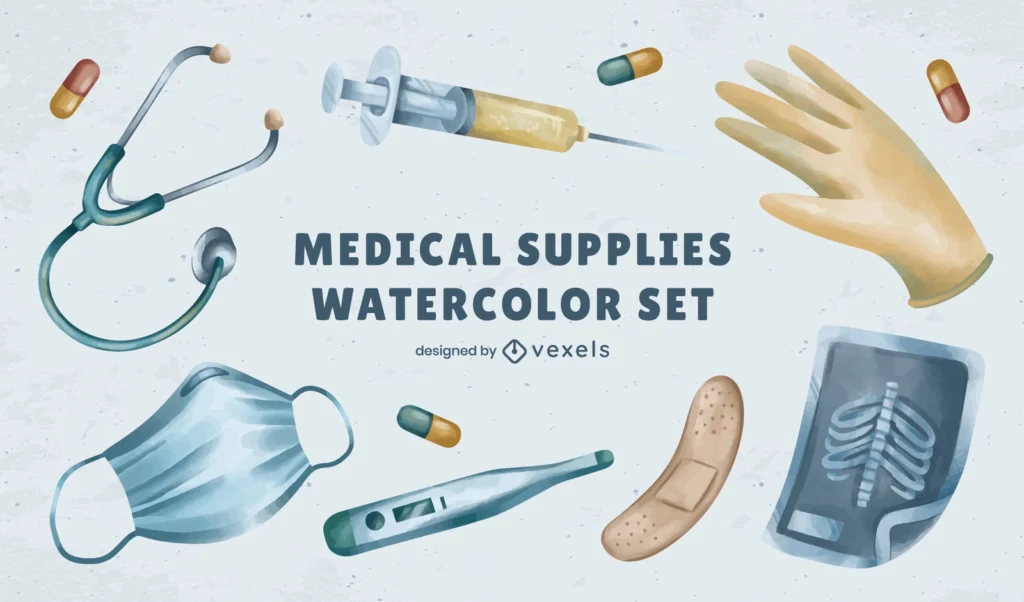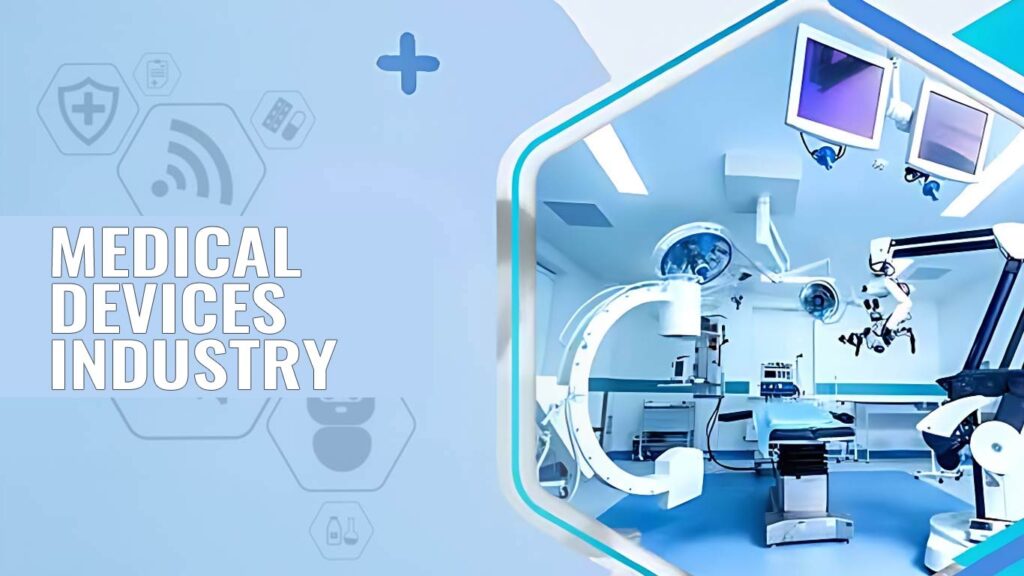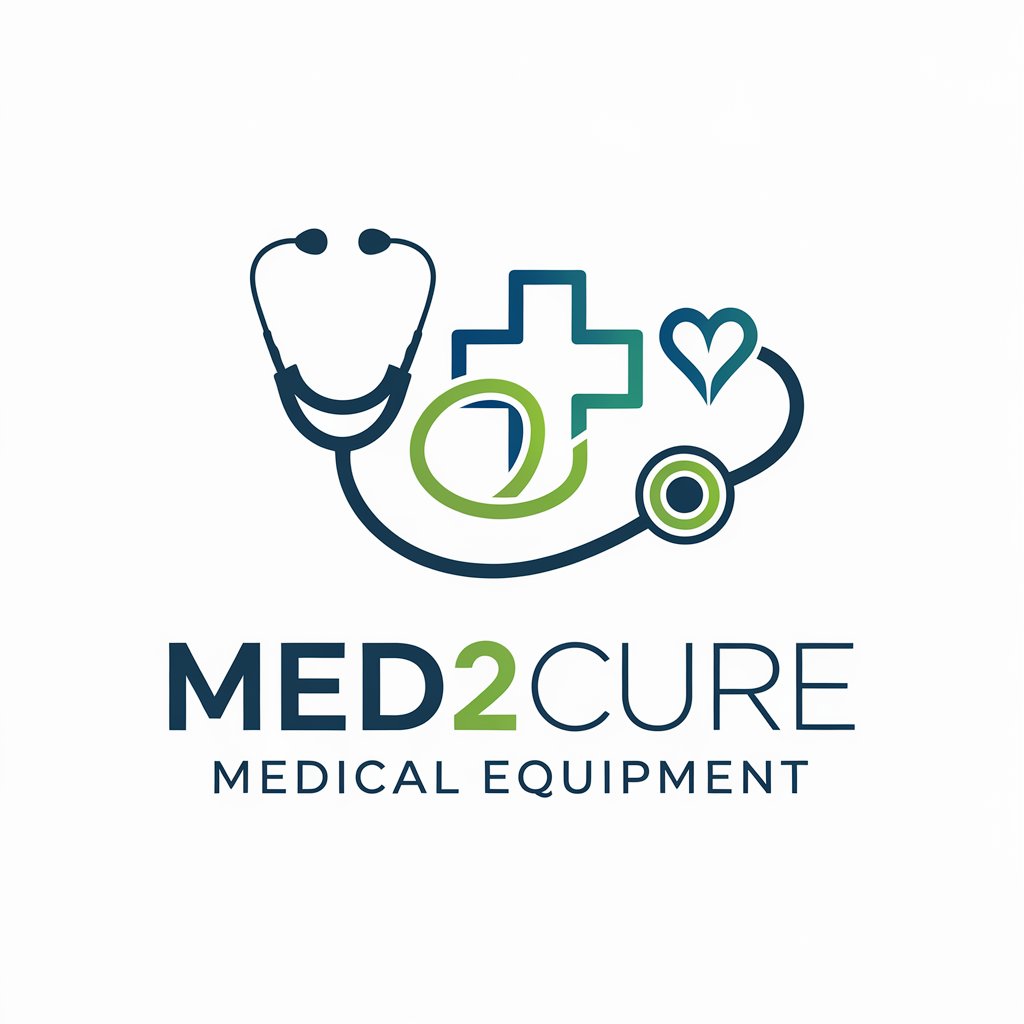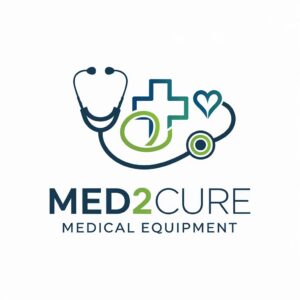How to Maintain and Sanitise Your Medical Devices at Home
🧼 How to Maintain and Sanitize Your Medical Devices at Home
A Complete Guide to Safe and Effective Sanitisation | Med2Cure.life
Keeping your medical devices clean isn’t just good practice — it’s a vital step in preventing infections and ensuring accurate performance. In this guide, we’ll walk you through everything you need to know about sanitisation, especially when it comes to home medical equipment.
Using the EETA approach (Explain – Example – Theory – Application), this article is designed to educate, simplify, and guide you through proper sanitisation techniques for a safer, healthier home.
✅ Explain: What is Sanitisation and Why It Matters?
Sanitisation refers to the process of reducing or eliminating harmful bacteria, viruses, and other microorganisms from surfaces and tools. In the context of medical devices, sanitisation ensures that equipment remains safe for repeated use, especially when it’s used for personal health monitoring or treatment.
Failing to prioritize sanitisation can lead to contamination, skin infections, respiratory issues, and even cross-contamination if multiple users are involved. Devices like thermometers, nebulizers, blood pressure monitors, glucometers, and CPAP machines come into direct contact with the body, making sanitisation an essential daily routine.
🔍 Example: What Happens When Sanitisation is Ignored?
Let’s consider a common scenario.
Imagine a family using a shared oximeter. If the device isn’t properly cleaned after each use, the fingertip sensor can harbor bacteria or viruses. One family member may have a mild cold, while another might be immunocompromised. Without routine sanitisation, the device can become a source of infection.
This is just one example. Similar risks apply to devices like thermometers, insulin pens, catheters, and mobility aids. Proper sanitisation can prevent such complications and give you peace of mind.
📚 Theory: The Science Behind Effective Sanitisation
Effective sanitisation is not about just wiping things down with a cloth. It requires a clear understanding of the materials used in your medical equipment and the proper methods that won’t damage them.
There are three levels of cleanliness:
Cleaning: Physically removing dirt and debris.
Disinfection: Killing most germs with chemical agents.
Sterilisation: Eliminating all forms of microbial life (usually done in hospitals).
For home use, sanitisation falls between cleaning and disinfection. The goal is to keep devices hygienic and safe without hospital-grade sterilisation, which isn’t always necessary or feasible.
Here are some approved sanitisation methods:
Alcohol-based wipes (70% isopropyl alcohol)
Soap and warm water for non-electrical parts
UV-C light sanitizers
Hydrogen peroxide-based disinfectants
Always check the manufacturer’s instructions to avoid damaging delicate components. Improper sanitisation can reduce the lifespan of your devices or even render them unsafe.
🛠 Application: How to Sanitize Your Devices at Home
Now that we’ve explored the theory, let’s apply it. Here’s how to practice safe and consistent sanitisation at home:
1. Create a Daily Routine
Make sanitisation part of your health habits. Set aside 10 minutes each day to clean your frequently used devices. This keeps bacteria and viruses at bay and ensures you’re using clean equipment every time.
2. Use the Right Products
Don’t use bleach or abrasive cleaners unless specified. Instead, opt for products designed for sanitisation of medical devices. Alcohol wipes or mild detergent work well in most cases.
3. Pay Attention to High-Contact Surfaces
Focus sanitisation efforts on surfaces that come into direct contact with skin or bodily fluids:
Thermometer tips
Blood pressure cuff linings
Glucometer pricking tools
Inhaler and nebulizer mouthpieces
CPAP masks and tubing
4. Store Devices Properly
After sanitisation, always store your medical devices in a clean, dry space. Avoid leaving them exposed on bathroom counters or in humid areas, which can promote microbial growth.
5. Track Your Cleaning Schedule
Keep a simple log or checklist to track sanitisation frequency, especially for shared or high-use devices. This is especially useful for caregivers managing multiple patients or family members.
🧴 Tips to Improve Your Sanitisation Routine
Here are some bonus tips to take your sanitisation practices to the next level:
Replace disposable parts like filters, mask cushions, and lancets regularly.
Use gloves during sanitisation if you’re cleaning up after someone who’s ill.
Invest in a dedicated sanitisation station or basket for all your cleaning supplies.
Teach your family or caregivers about proper sanitisation to ensure consistency.
🌐 Why Sanitisation is a Core Value at Med2Cure.life
At Med2Cure.life, we don’t just sell equipment — we promote safe and sustainable health practices. That’s why we provide detailed cleaning instructions with many of our products and offer access to sanitisation-friendly tools and accessories.
We believe that proper sanitisation starts with education. That’s why we create guides like this — to help you take control of your health at home.
Whether you’re buying a new device or caring for someone with special medical needs, understanding and implementing proper sanitisation methods can make all the difference.
✅ Final Thoughts
Sanitisation isn’t a luxury — it’s a necessity. By making sanitisation a part of your everyday health routine, you protect yourself and your loved ones from preventable illness and ensure that your devices remain accurate and dependable.
Want more tips? Visit Med2Cure.life for the latest medical equipment and expert-backed guides on everything from maintenance to best-use practices.

🎨 Medical Supplies Watercolor Set – Context Overview
This medical supplies watercolor set offers a beautifully hand-painted collection of essential healthcare tools and equipment, designed in a soft, detailed watercolor style. Ideal for use in educational materials, healthcare branding, wellness blogs, nursing school content, or medical-themed stationery, the set includes items such as:
Stethoscope
Syringe
Bandages
Pills and tablets
Thermometer
The watercolor theme brings a gentle and human touch to medical visuals, making it especially appealing for use in pediatric care, mental health resources, nursing journals, or wellness-focused websites. It combines artistic charm with informative clarity, offering a unique and compassionate way to communicate healthcare concepts.

🩺 Medical Devices Industry – At a Glance
The medical devices industry is a vital part of global healthcare, offering a wide range of tools used for diagnosis, treatment, and monitoring. From basic thermometers to advanced diagnostic machines, these devices help improve patient care across hospitals, clinics, and homes.
The industry is rapidly growing, driven by aging populations, rising chronic illnesses, and technological advancements like wearable health monitors and AI-based tools. A major trend is the shift toward home-based care, making devices like blood pressure monitors and glucometers essential for everyday use.
Strict regulations by agencies like the FDA and CE ensure safety and effectiveness. With the rise of digital health, this sector continues to evolve, offering immense opportunities for innovation and better patient outcomes.
At Med2Cure.life, we’re dedicated to making trusted, high-quality medical devices accessible for all.

